Business
Carbon Tax poll reveals what we already knew
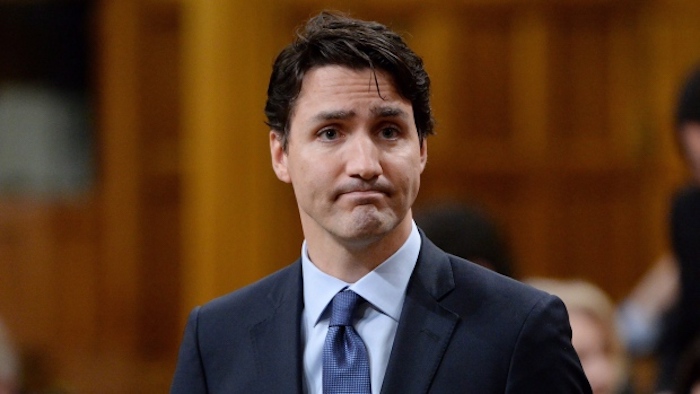
 Written By Dan McTeague of Canadians for Affordable Energy
Written By Dan McTeague of Canadians for Affordable Energy
The chickens are coming home to roost for the Trudeau government.
Last month (August 6th) Nanos Research released a new poll showing that two thirds of Canadians think that now is a bad time to increase the Carbon Tax. This is not exactly a shocking revelation. It really didn’t take a poll to determine what everyday Canadians already know. Adding a Carbon Tax to a struggling economy is a bad idea.
Anyone who has gone to the grocery store lately, or has filled up their vehicle, knows that the cost of living has skyrocketed. Social media is flooded with Canadians sharing their stories of how they are at the breaking point with the cost of living. It doesn’t take an economist to know that higher consumption taxes have the immediate effect of increasing the cost of everything. That has not stopped the green Agenda driven Trudeau government that seems determined to make life unaffordable for Canadians.
But back to that Nanos poll –
Let’s break this down a bit more to understand what this poll is really saying about how Canadians feel about Carbon Taxes.
First, it is evident that Nanos is approaching this poll with a clear bias in favor of Carbon Taxes. Participants were asked three (3) questions: 1) Do you think a carbon tax on things like gas is an effective, somewhat effective, somewhat ineffective, or ineffective way to encourage people to use less fuel? 2) Is now a very good, good, average, poor or very poor time to increase carbon taxes on things like gas? 3) On a scale from 0 to 10 where 0 is not at all effective and 10 is extremely effective, how effective do you think the federal government’s Carbon Pollution Pricing system, often called the carbon tax, is to combat climate change?
Notice the poll did not ask Canadians whether or not they think Carbon Taxes are a good idea or whether they want them at all.
The assumption is that Canadians buy into the narrative that climate change is real, and a “real problem” that requires government action, that “using less carbon” such as fuel is a key, if not the key, to reducing “carbon consumption”.
We know not every Canadian believes this; but the Nanos poll didn’t even ask.
That said, looking at the results of what they did ask, two thirds of Canadians say that now is a bad time to increase carbon taxes.
In the prairie provinces, this number was 79% and in Atlantic Canada 73% of respondents said the timing is “poor” or “very poor”.
Of even greater political significance: in Ontario, where the next federal election will likely be decided, a whopping 68.7% of respondents said that now is a bad time to increase the Carbon Tax. And yet Justin Trudeau keeps increasing this most hated tax.
In terms of effectiveness, 64.3% in Ontario think that a new carbon tax is not effective at encouraging people to use less fuel. This comes as no surprise. A majority of Canadians rely on their vehicles to get to work, the grocery store, kids practices, and family vacations. Normal daily activities for life in Canada. In most cases not driving is not an option. It only means that getting there is more expensive, and other items in the budget need to be sacrificed instead.
And as we know the Carbon Tax is one of the culprits for higher prices.
Conservative MP Kyle Seeback articulated it well in the House of Commons when he explained to Trudeau’s Environment Minister Stephen Guilbeault how the Carbon Tax is driving up inflation. “Mr. Speaker, it is incredible, he actually does not know how food ends up on his plate. The farmer pays a carbon tax, the truck that picks up the farmer’s food pays a carbon tax to take it to the processor, the processor pays a carbon tax, the truck that picks it up from the processor to take it to the grocery store pays a carbon tax, the grocery store pays a carbon tax and then Canadians cannot pay for food.”
Canadians for Affordable Energy has been advocating for affordability since 2017 and have known that Carbon Taxes are a threat to affordable energy in Canada and will drive up the cost of everything. And that is exactly what is happening. Fuel prices are skyrocketing, food prices are at record highs, and Canadians are struggling to make ends meet. Energy affordability is the key to success in Canada and therefore it is the view of CAE that there is never a good time to implement a Carbon Tax. Full stop.
Canadians are finally starting to connect the dots on a path that leads directly back to bad energy and environmental policies. Policies that have stifled our resource economy and punished working Canadians. Policies that are hitting Canadians’ pocketbooks really hard, especially when trying to fill up their vehicles and feed their families. Policies that won’t even help the environment.
Pierre Poilievre and his Conservative government have committed to scrapping the carbon tax. Let’s hope they follow through on this promise if they come into power in the next election. Because not all Canadians buy the narrative that Carbon Taxes are a good thing.
Alberta
Calgary’s High Property Taxes Run Counter to the ‘Alberta Advantage’
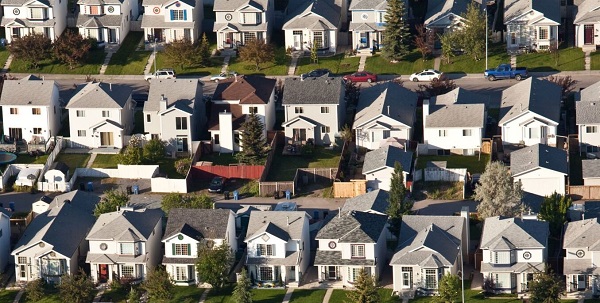
By David Hunt and Jeff Park
Of major cities, none compare to Calgary’s nearly 50 percent property tax burden increase between censuses.
Alberta once again leads the country in taking in more new residents than it loses to other provinces and territories. But if Canadians move to Calgary seeking greater affordability, are they in for a nasty surprise?
In light of declining home values and falling household incomes amidst rising property taxes, Calgary’s overall property tax burden has skyrocketed 47 percent between the last two national censuses, according to a new study by the Aristotle Foundation for Public Policy.
Between 2016 and 2021 (the latest year of available data), Calgary’s property tax burden increased about twice as fast as second-place Saskatoon and three-and-a-half times faster than Vancouver.
The average Calgary homeowner paid $3,496 in property taxes at the last census, compared to $2,736 five years prior (using constant 2020 dollars; i.e., adjusting for inflation). By contrast, the average Edmonton homeowner paid $2,600 in 2021 compared to $2,384 in 2016 (in constant dollars). In other words, Calgary’s annual property tax bill rose three-and-a-half times more than Edmonton’s.
This is because Edmonton’s effective property tax rate remained relatively flat, while Calgary’s rose steeply. The effective rate is property tax as a share of the market value of a home. For Edmontonians, it rose from 0.56 percent to 0.62 percent—after rounding, a steady 0.6 percent across the two most recent censuses. For Calgarians? Falling home prices collided with rising taxes so that property taxes as a share of (market) home value rose from below 0.5 percent to nearly 0.7 percent.
Plug into the equation sliding household incomes, and we see that Calgary’s property tax burden ballooned nearly 50 percent between censuses.
This matters for at least three reasons. First, property tax is an essential source of revenue for municipalities across Canada. City councils set their property tax rate and the payments made by homeowners are the backbone of municipal finances.
Property taxes are also an essential source of revenue for schools. The province has historically required municipalities to directly transfer 33 percent of the total education budget via property taxes, but in the period under consideration that proportion fell (ultimately, to 28 percent).
Second, a home purchase is the largest expense most Canadians will ever make. Local taxes play a major role in how affordable life is from one city to another. When municipalities unexpectedly raise property taxes, it can push homeownership out of reach for many families. Thus, homeoowners (or prospective homeowners) naturally consider property tax rates and other local costs when choosing where to live and what home to buy.
And third, municipalities can fall into a vicious spiral if they’re not careful. When incomes decline and residential property values fall, as Calgary experienced during the period we studied, municipalities must either trim their budgets or increase property taxes. For many governments, it’s easier to raise taxes than cut spending.
But rising property tax burdens could lead to the city becoming a less desirable place to live. This could mean weaker residential property values, weaker population growth, and weaker growth in the number of residential properties. The municipality then again faces the choice of trimming budgets or raising taxes. And on and on it goes.
Cities fall into these downward spirals because they fall victim to a central planner’s bias. While $853 million for a new arena for the Calgary Flames or $11 million for Calgary Economic Development—how City Hall prefers to attract new business to Calgary—invite ribbon-cuttings, it’s the decisions about Calgary’s half a million private dwellings that really drive the city’s finances.
Yet, a virtuous spiral remains in reach. Municipalities tend to see the advantage of “affordable housing” when it’s centrally planned and taxpayer-funded but miss the easiest way to generate more affordable housing: simply charge city residents less—in taxes—for their housing.
When you reduce property taxes, you make housing more affordable to more people and make the city a more desirable place to live. This could mean stronger residential property values, stronger population growth, and stronger growth in the number of residential properties. Then, the municipality again faces a choice of making the city even more attractive by increasing services or further cutting taxes. And on and on it goes.
The economy is not a series of levers in the mayor’s office; it’s all of the million individual decisions that all of us, collectively, make. Calgary city council should reduce property taxes and leave more money for people to make the big decisions in life.
Jeff Park is a visiting fellow with the Aristotle Foundation for Public Policy and father of four who left Calgary for better affordability. David Hunt is the research director at the Calgary-based Aristotle Foundation for Public Policy. They are co-authors of the new study, Taxing our way to unaffordable housing: A brief comparison of municipal property taxes.
Business
Steel Subsidies Are The New Money Pit Burying Taxpayers
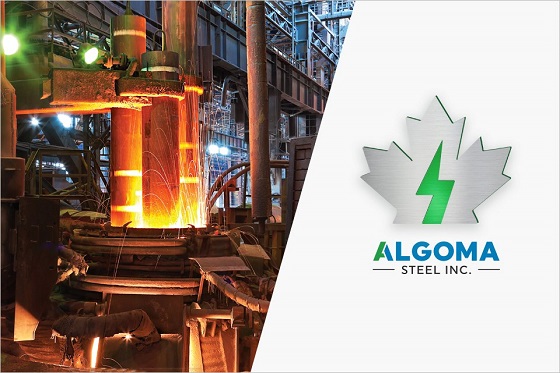
From the Frontier Centre for Public Policy
By Conrad Eder
The federal and Ontario governments’ $500 million loan to Algoma Steel exemplifies costly corporate welfare, with taxpayers bearing risks that private investors avoid, continuing a decades-long pattern of subsidies that distorts markets and burdens Canadians.
Governments call subsidies an economic strategy, but Canadians know they’re just another way to raid their pockets
Another day, another giveaway. This time, it’s Algoma Steel.
Despite the company’s market capitalization of roughly $500 million at the time, the governments of Canada and Ontario extended a loan equal to that amount—an extraordinary and objectively questionable move that isn’t just bad policy, but a sign that elected officials don’t know how to support businesses.
Officials justify the loan by claiming it will help Algoma refocus on its domestic market, lessening its reliance on the United States. Yet the fastest and most efficient way to execute such a strategy would involve doing so with private capital. Private markets allocate capital efficiently because investors directly bear the consequences of their decisions. Companies that cannot secure private funding typically lack a viable business model or face fundamental structural problems that subsidies will not solve.
Even if Algoma has a credible plan for pivoting its operations, the fact that taxpayers are shouldering risks private investors refuse to bear raises serious concerns. Canadians have a right to question whether this is a sound investment or just another costly political decision dressed up as economic strategy.
This isn’t the first time the company has leaned on public funds. Over the past three decades, Algoma has received more than $1.3 billion in government bailouts and subsidies, including $110 million for restructuring in 1992, $50 million in 2001, $60 million in 2015, $150 million in 2019, $420 million in 2021, and now $500 million in tariff-relief loans. That kind of prolonged public support makes it difficult to argue Algoma operates on a level playing field.
Proponents may argue that since Algoma continues to operate and provide employment, it proves government intervention works. But they ignore the enormous opportunity cost of these subsidies—costs largely hidden from public view. Every dollar spent propping up one company is a dollar that can’t fund other priorities, whether health care, education, infrastructure, or tax relief.
How will Ottawa and Queen’s Park cover their latest $500 million pledge? There are limited options. They may choose to forgo funding other priorities, borrow the money they just lent to cover other commitments, or monetize the debt by printing money or financing it through the central bank. In any case, Canadians are left worse off, whether by higher taxes, reduced services, or inflationary pressures. That’s the real cost of corporate subsidies, borne not by the companies that benefit, but by the public that pays.
But what if Algoma Steel faces further economic pressures, or its plans to refocus on domestic manufacturing fall through? Are we to expect that, having committed $500 million, the government will walk away? History suggests otherwise. More likely, officials will try to protect their investment regardless of the cost. It’s a slippery slope, one that often leads to even larger bailouts down the road.
Instead of selective corporate welfare, Canada should pursue policies that benefit all businesses: reducing regulatory burdens, lowering corporate tax rates, and eliminating trade barriers. These broad-based reforms create conditions where efficient companies thrive while inefficient ones face appropriate market discipline. The goal should be to make Canada more competitive overall, not just more generous to the few firms with political clout.
Adding insult to injury, this government’s simultaneous interventionism and protectionism places twice the burden on Canadians. First, taxpayers subsidize Algoma’s operations. Second, they pay premium prices for steel products thanks to federally imposed import tariffs introduced in recent years to shield domestic producers from lower-priced foreign steel. We are, in effect, subsidizing Algoma Steel to produce so that we can turn around and buy from them at higher prices than steel could be purchased from international competitors, if not for the tariffs. It’s a double hit to Canadians’ wallets.
Government officials invoke national security arguments to justify these measures, but in reality, they are engaging in the same economic protectionism they decry. During Trump’s first presidency, Canadian politicians rightly condemned similar American steel tariffs as protectionism disguised as security concerns. Now, Canadian officials are making identical arguments to defend their own policies.
While politicians warn about future threats to the country’s steel supply, it isn’t foreign governments restricting access. Ottawa has imposed its own import tariffs, limiting steel imports from abroad. The real barrier to securing steel supply isn’t an export ban. It’s Canada’s own trade policy.
Our own production capacity further weakens the government’s case. With companies like ArcelorMittal Dofasco and Stelco, Canada produces roughly 12.2 million metric tonnes of steel annually. That’s nearly enough to meet domestic demand. For everyday Canadians, this means alarms about steel shortages rings hollow.
This is not an endorsement of these other firms, as they have also received public funds, nearly $1 billion in recent years. In fact, Algoma might be disappointed not to have received more themselves. But it needn’t worry. With this government, another payout is likely just around the corner.
And once again, Canadians will foot the bill.
Conrad Eder is a policy analyst at the Frontier Centre for Public Policy.
-

 Health2 days ago
Health2 days agoNew report warns WHO health rules erode Canada’s democracy and Charter rights
-

 Courageous Discourse1 day ago
Courageous Discourse1 day agoNo Exit Wound – EITHER there was a very public “miracle” OR Charlie Kirk’s murder is not as it appears
-
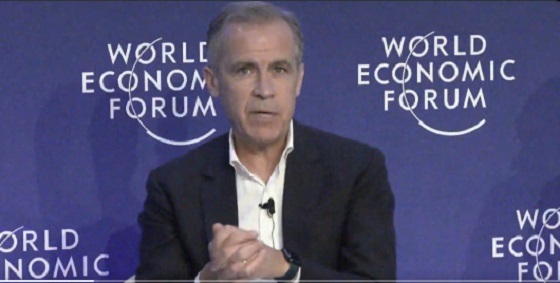
 Business1 day ago
Business1 day agoEmission regulations harm Canadians in exchange for no environmental benefit
-

 Business1 day ago
Business1 day agoQuebecers want feds to focus on illegal gun smuggling not gun confiscation
-

 Alberta1 day ago
Alberta1 day agoPetition threatens independent school funding in Alberta
-

 Energy2 days ago
Energy2 days agoMinus Forty and the Myth of Easy Energy
-
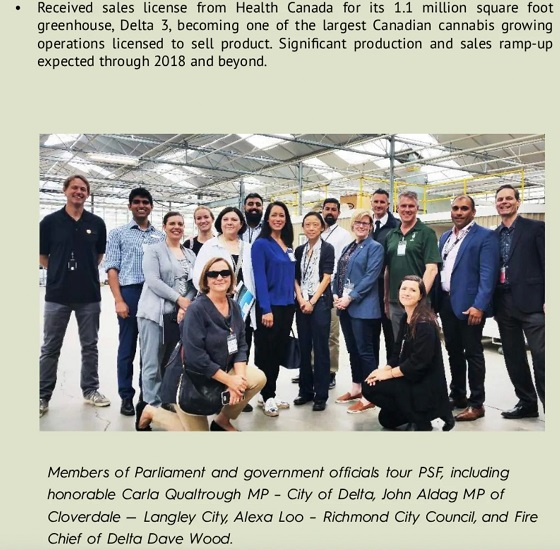
 National1 day ago
National1 day agoPolitically Connected Canadian Weed Sellers Push Back in B.C. Court, Seek Distance from Convicted Heroin Trafficker
-

 Business23 hours ago
Business23 hours agoCanada Revenue Agency found a way to hit “Worse Than Rock Bottom”






